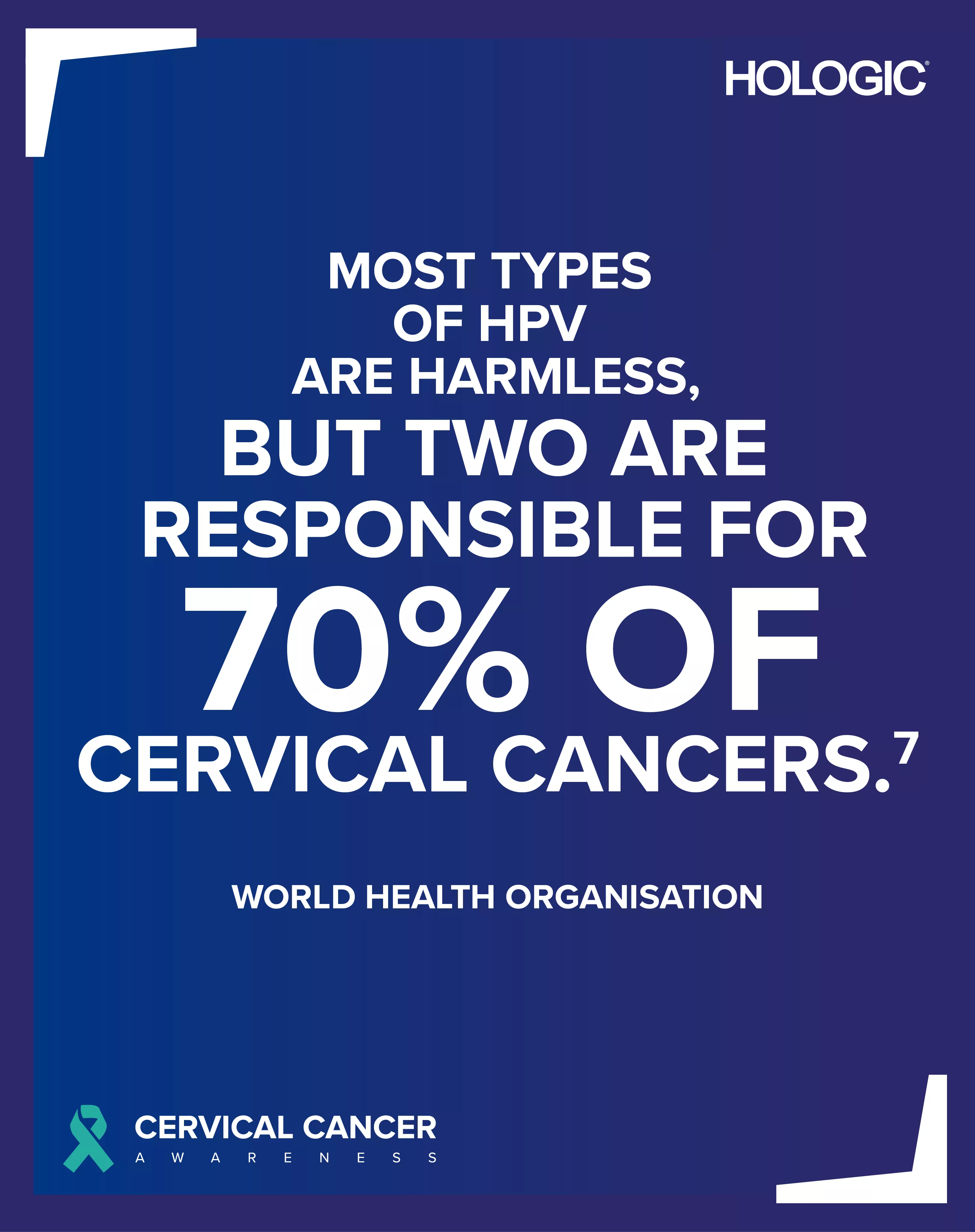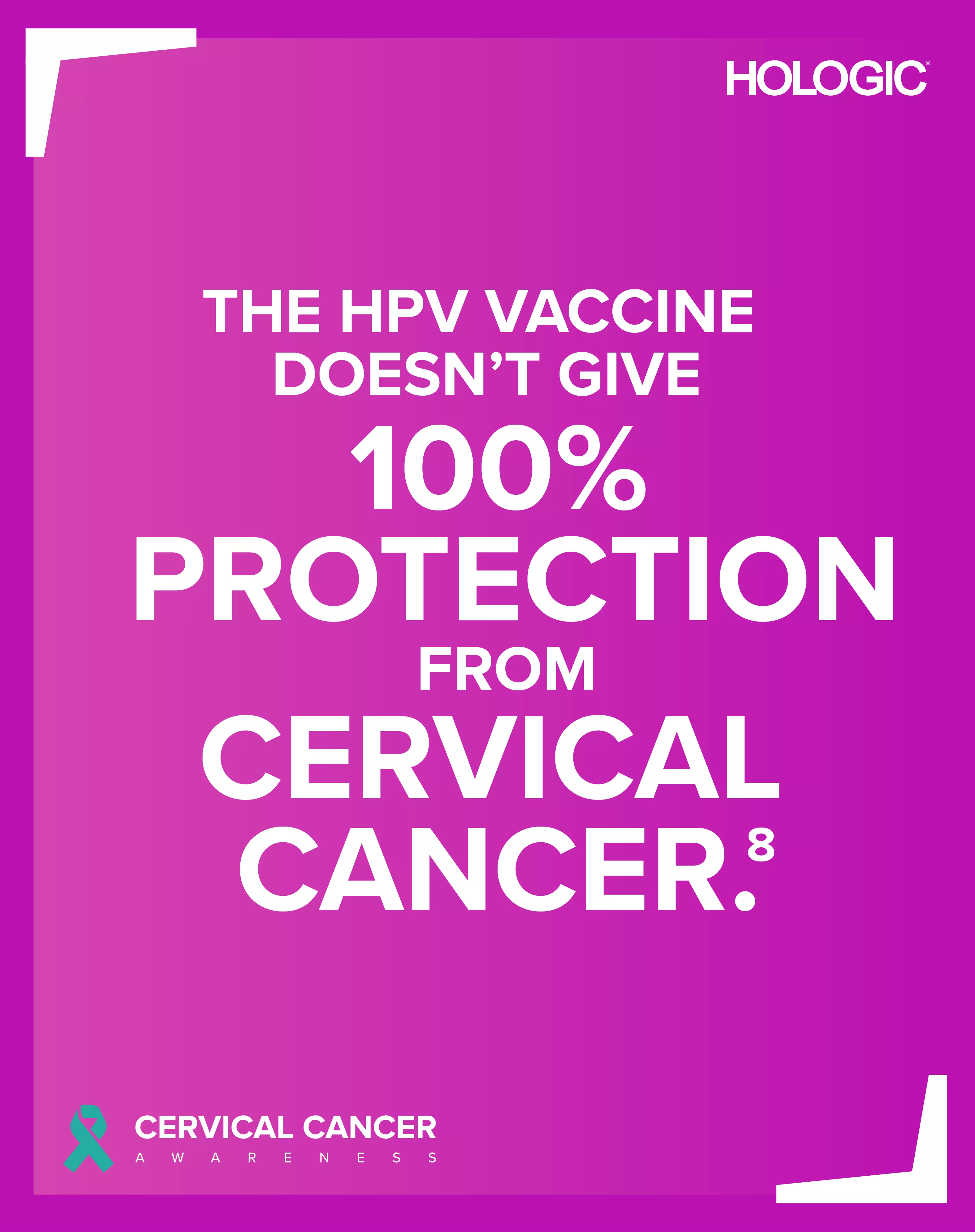
Cervical Screening: Preparing for Your Appointment
Dentist ✓ Eye Test ✓ Cervical Screening Appointment?
Attending cervical screening can often be pushed to the bottom of the to-do list, but making time for a short appointment could save your life. This year, make a pledge to take care of every part of you, from the inside and out - especially the things you may have been putting off.
If you have never had a cervical screening, you may be a little nervous about what to expect. Fear of embarrassment, pain and lack of understanding are common reasons why young women put off attending cervical screenings,1 but the truth is that it's nothing to be worried about. We've compiled this handy guide, so you know what to expect from start to finish. It'll be over before you know it.
What is Cervical Screening?
Cervical screening (also known as a smear test) is a health check of the cervix - the opening of your womb from your vagina. It's not a test for cervical cancer, however it does help to prevent cervical cancer by early detection of cell abnormalities that can lead to cervical cancer. During the screening a small sample of cells are taken. These are tested for the human papillomavirus (HPV), which can cause abnormal cells on the cervix.
Who's Eligible for Cervical Screening?
In the UK, the NHS offers free cervical screening to all women and people with a cervix aged 25 to 64. Six months before your 25th birthday you will receive an automatic invitation by post to book your screening appointment. Between the ages of 25 and 49 you will be invited to attend a screening every three years, and this changes to every five years between the ages of 50 to 64.2
If you are registered as male or non-binary, but you were assigned female at birth you won't automatically receive an invitation, but you are still entitled to screening if you have a cervix,3 and it's important that you attend. Speak to your GP for an appointment if this applies to you.

What to Expect at Your Screening Appointment
Step 1: First things first, try to book your appointment as soon as you get invited. It is best to book for when you're not on your period and avoid the two days before and after your bleed. The test itself should take less than five minutes and the whole appointment should take about ten minutes to complete. Most cervical screenings are carried out at your GP surgery by a female nurse or doctor, but you can also request that a female carries out the appointment when booking.
Step 2: On arrival at your appointment, you'll meet the nurse, who will run through what will happen during the appointment and answer any questions you may have.
Step 3: You will then be asked to undress from the waist down including your underwear behind a privacy screen. You will usually be given a sheet to cover your modesty, but if you're worried about stripping off you may prefer to wear a skirt or dress that you can easily lift up for the test. You'll then need to lay down on the bed and your nurse will instruct you on how you need to position yourself. It may feel a little unnatural exposing this part of your body to a stranger but remember that this is their day job. They've seen it all before and they aren't concerned about how you look down there.
Step 4: The nurse will let you know when the test is about to start. They'll gently put a smooth, tube shaped tool (a speculum) into your vagina, a small amount of lubricant may be used. Once the speculum is inside the vagina, the nurse will gently open it so they can see your cervix. Using a small brush, they will then collect a few cells by sweeping it across the cervix. This may feel a little uncomfortable but shouldn't be painful. These cells are then placed into a plastic container and sent off to the lab to be examined. The nurse will take the speculum out and you can get dressed again.

What to Expect After Your Appointment
You'll usually receive your cervical screening results by post within four weeks, however sometimes you may be asked to call your GP for your results. The letter will explain what was tested for and what your results mean. If you have any questions regarding your results, you should consult your doctor for advice.
HPV and Cervical Screening
Human papillomavirus (HPV) is the name of a very common group of viruses that can be contracted through any kind of skin-to-skin contact of the genital area. There are many types of HPV, of which around 14 are cancer-causing (also known as high risk types).4 Cervical screening checks a sample of cells from your cervix for these types of HPV and if they are found, the cells are then checked for abnormal changes. If abnormal cells are not treated, they may turn into cervical cancer.
In the UK, girls and boys aged 12 to 13 years5 are now offered the HPV vaccine to help protect against cancers caused by HPV, including cervical cancer. However, the HPV vaccine does not protect you from all types of HPV,6 so it's important that you still attend regular cervical screening when invited.


Why Attending Your Cervical Screening Appointment is So Important
Globally, a woman is diagnosed with cervical cancer every minute, but it can be cured if diagnosed at an early stage and treated promptly.9 Cervical screening is one of the best ways to protect yourself from cervical cancer, so if you have been invited or are due to attend a regular cervical screening appointment, make sure you do. It could save your life.
Hologic is proud to be supporting women around the world in the fight against cervical cancer. Take care of your health and attend your screening appointment when invited.

Want to Find Out More?
Learn more about cervical cancer and screening on the Jo's Cervical Cancer Trust website.
You can also visit the World Health Organisation's website: www.who.int/health-topics/cervical-cancer.
Jo's Cervical Cancer Trust. Barriers to cervical screening among 25 -29 year olds, 2019, July 19. Available at:https://www.jostrust.org.uk/about-us/our-research-and-policy-work/our-research/barriers-cervical-screening-among-25-29-year-olds [Accessed November 2022]
NHS, Cervical screening: When you'll be invited,2020, March 31. Available at:https://www.nhs.uk/conditions/cervical-screening/when-youll-be-invited/ [Accessed November 2022)
NHS, Should trans men have cervical screening tests, 2022, September 01. Available at: https://www.nhs.uk/common-health-questions/sexual-health/should-trans-men-have-cervical-screening-tests/ [Accessed November 2022]
Cancer Research UK. Risks and causes of cervical cancer, 2023, September 12. Available at: https://www.cancerresearchuk.org/about-cancer/cervical-cancer/risks-causes [Accessed January 2024]
NHS, HPV Vaccine overview, Available at: https://nhs.uk/conditions/vaccinations/hpv-human-papillomavirus-vaccine/ [Accessed December 2022]
NHS, Cervical screening: Why it's important, 2020, March 31. Available at: https://www.nhs.uk/conditions/cervical-screening/why-its-important/ [Accessed November 2022]
World Health Organisation, Human Papillomavirus (HPV). Available at: https://www.who.int/teams/health-product-policy-and-standards/standards-and-specifications/vaccine-standardization/human-papillomavirus#:~:text=The%20two%20most%20common%20%22high,80%25%20occurred%20in%20developing%20countries [Accessed January 2024]
European Commission, Human papilloma virus (HPV). Available at: https://www.who.int/teams/health-product-policy-and-standards/standards-and-specifications/vaccine-standardization/human papillomavirus#:~:text=The%20two%20most%20common%20%22high,80%25%20occurred%20in%20developing%20countries [Accessed January 2024]
World Health Organisation, HPV and cervical cancer fact sheet 2022, February 22. Available at: https://www.who.int/news-room/fact-sheets/detail/human-papillomavirus-(hpv)-and-cervical-cancer [Based on calculations that there are an estimated 604,000 new cases a year](Accessed November 2022)
WEB-02009-GBR-EN Rev 001. © 2023 Hologic, Inc. All rights reserved. Hologic, The Science of Sure, and associated logos are trademarks and/or registered trademarks of Hologic. Inc. and/or its subsidiaries in the United States and/or other countries. All other trademarks, registered trademarks and product names are the property of their respective owners.

